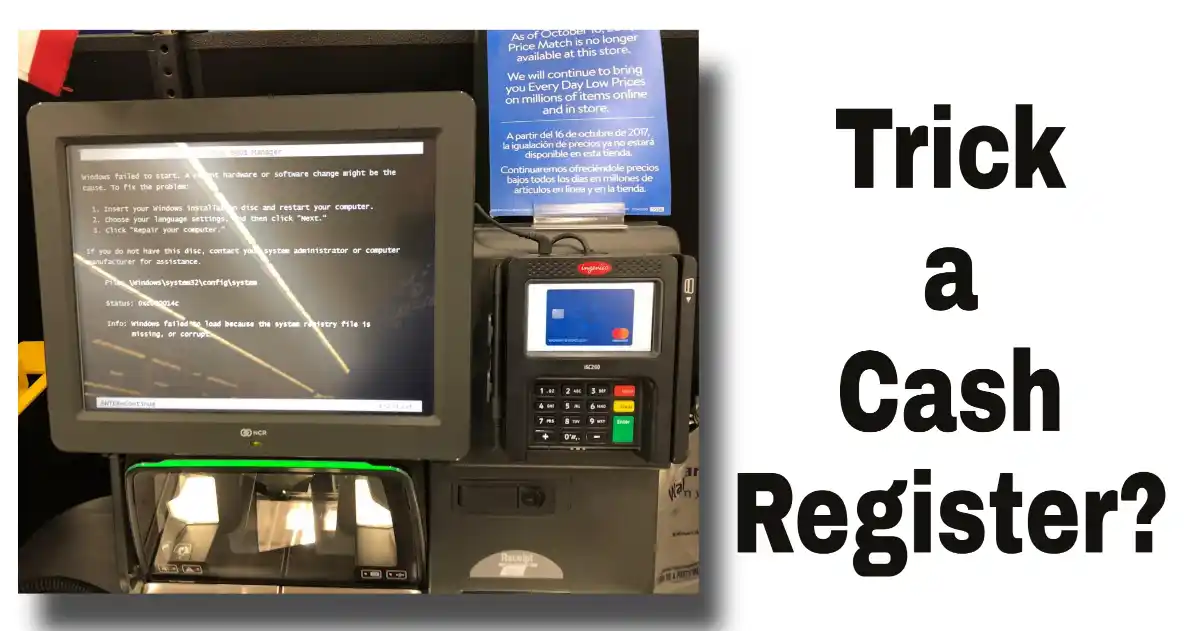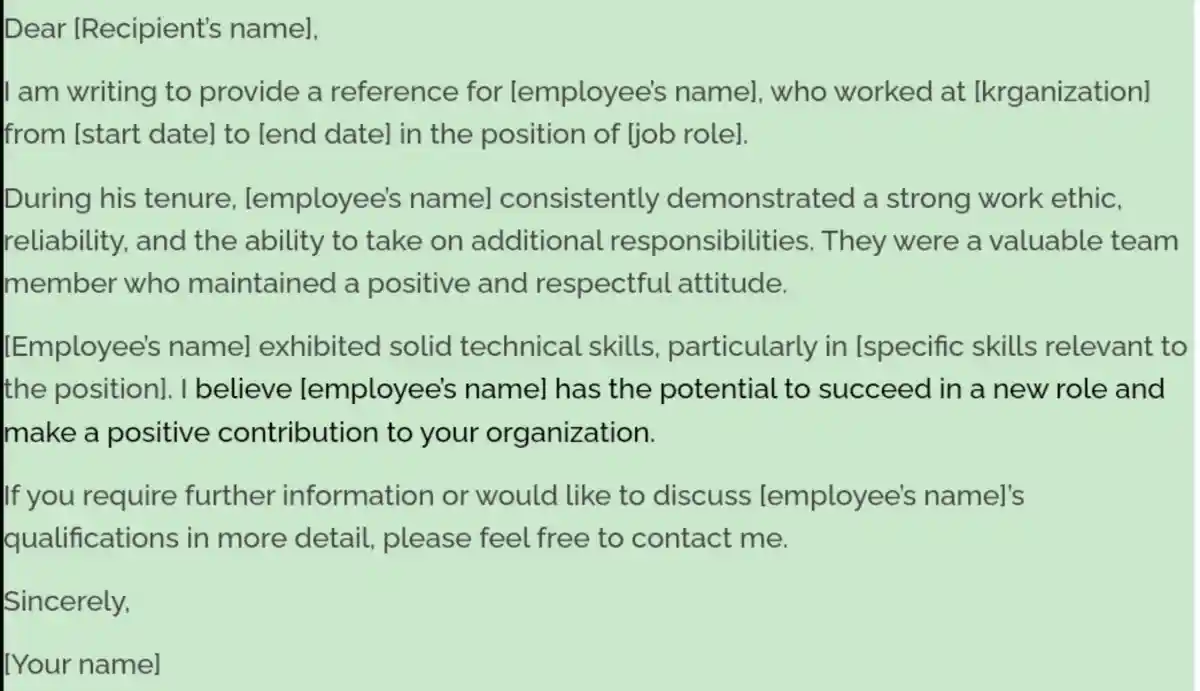When shopping, you trust cashiers to handle your money honestly. But sometimes, cashiers use sneaky methods to cheat customers or even their own employers. So, this post will explain how a cashier can trick a cash register and get away with it.
A cashier’s trick could be as simple as distracting a customer so they forget their change or messing with gift cards. Unfortunately, these tricks can be hard to identify.
In this post, I have compiled many methods, or say “tricks”, that cashiers might use to try to cheat. While some of the methods are simple, others are a bit more complex, especially when it has to do with messing with the cash register system. Meanwhile, this article is important for you as a customer or a business owner to be aware of the next time you are at the checkout or reviewing sales.
How to Trick a Cash Register

I did not compile these 26 tricks alone, I also used platforms such as Reddit, City Data, and Facebook to identify the common tricks that cashiers across multiple stores may use to trick the cash register. That said, below are the methods to trick a cash register.
1. Distract the Customer
For this trick, the cashier engages the customer in conversation while they are waiting for their change. The hope is that the customer will forget to collect their change and leave. This method relies on the customer’s distraction and is often used in busy retail environments.
2. Manual Code Entry Trick
The cashier manually enters a code for an item that the customer did not actually purchase. The purpose behind this could be to balance the cash register after taking money for themselves. This technique is more complicated and might require the cashier to later remove the item from the system to avoid detection.
3. Double Scanning
For double scanning, the cashier can scan an item twice, thereby charging the customer twice for the same item. This could happen accidentally, but when done intentionally, it’s a form of cheating. The cashier could either put the extra money in the till or keep it for themselves. Cashiers might scan an item more than once to inflate the bill. This is often excused as a “slip of the finger” or a scanner error.
4. Not Ringing Up Sales
In some cases, like at a franchised pizza place, the cashier takes the money from the customer but does not ring up the sale. The cashier then takes the money and pockets it. This is a direct form of theft and is usually done when the cashier believes they won’t be caught.
5. Incorrect Price Labels
Sometimes, stores will have incorrect price labels on the shelves, leading to discrepancies at the cash register. This is often blamed on “human error” and it is difficult to tell if a cashier is trying to trick a cash register.
6. Tag Switching and Self-Checkout Scams
Some people switch tags on produce to pay less. Others misuse self-checkout systems to scan all their items as something cheap, like bananas.
7. Incorrect Prices in POS
Sometimes, items that are on sale are priced higher in the POS system. This means that this trick is often explained away as a mistake by the central office.
8. Out-of-Stock Tricks
When an item is on sale, it might be kept out of stock, and a more expensive but similar-looking item may be placed on its shelf.
9. No Shelf Tag for Overpriced Items
Some stores, like Walmart, might not have a shelf tag for an overpriced item, hoping customers will assume the price for the next cheaper item applies.
10. Cancel Sale Button
In small stores or gas stations, some cashiers ring up all your items, tell you the total, and if you pay by cash, they press the “cancel sale” and “register open” buttons. They then give you your change and pocket the money later.
11. Lottery Scratch Tickets
Some cashiers ring up items close to a round figure as lottery scratch tickets and then pocket the same amount in scratch tickets to play later.
12. Bartender Tricks
It’s common for bartenders to undercharge or overpour drinks to encourage higher tips from patrons and trick a cash register.
13. Misrepresenting Specials
A cashier can tell the customer that an item is not on special when it actually is, thereby overcharging them to trick a cash register. This method is particularly deceitful as it exploits the customer’s trust.
14. Waving Off Payment
At some chain coffee shops, cashiers have been observed telling customers at the drive-thru that they do not have to pay. This could be a form of “paying it forward,” but it’s also possible that the cashier is exploiting this to later pocket money.
15. Change Fraud
Sometimes, a cashier takes the money from the customer and only opens the cash drawer when they have to give change that they do not already have in their pocket. This is a more direct form of theft and relies on the customer not asking for a receipt.
16. Partially Weighing Items
The cashier places the item only partially on the scale, making it weigh less and thus charge less. This is mentioned as a subtle way to cheat, especially when the cashier knows the customer.
17. Shortchanging
Shortchanging is also a common way to trick a cash register and involves a cashier giving the customer less change than they are due. A specific example is at McDonald’s where the cashier shortchanged a customer multiple times, increasing the amount each time. A cashier could shortchange a customer by a few pennies initially, then 50 cents, and eventually $5. In one incident, McDonald’s workers claim staff DELIBERATELY shortchange you on chips… and serve you flavorless milkshakes, according to The Sun.
18. Overcharging Fuel
At gas stations, attendants might “accidentally” overcharge for fuel. Another example is a customer being charged for two boxes of tea when a “buy one, get one free” offer was available. The cashier would react with anger when questioned.
19. Adding Extra Items
Some cashiers add extra items to the bill that the customer did not purchase to trick a cash register. This could be done manually by entering a code for an item not present in the customer’s order.
20. Manipulating Tablet Systems
In some restaurants with tablet-like order/pay systems on tables, waitresses have been known to manipulate the system to shortchange customers.
21. Deleting or Modifying Transactions
Some employees know how to delete or modify transactions to cover up their activities. Managers might not follow up on moderate losses, attributing them to accidents or mistakes, allowing cheating to continue.
22. Not Putting Sales in the System
This is a simple way for workers to take money from the register. They get cash from the customer but don’t put the sale into the cash register system. The customer owns the item because they paid for it, but the worker keeps the money. You won’t know this is happening until you check your stock at the end of the year. By then, it’s really hard to find out who did it.
23. Cash Skimming
In this trick, the worker tells the customer the full price of the item but keeps some money for themselves. This makes the cash register’s money count wrong. Smart workers do this when a customer uses a discount code but still pays the full price.
24. Ringing Up Less Than Sold
This is like not putting sales in the system. The worker takes money for many items but only puts fewer items into the cash register. For example, a customer buys 5 apples, but the worker only puts in 4 and keeps the extra money. You won’t find out until you check your stock later.
26. Take Money Directly
In this method of tricking the register, the worker just takes money straight from the cash register. It’s as simple and direct as that.
Final Thoughts
From distracting the customer to not ringing up sales, these methods show that some people go to great lengths to trick a cash register. The reminder is to always be alert, especially when making a purchase.
So, whether a cashier manually enters a code for an item a customer did not buy or takes money directly from the cash register, these tricks can happen anywhere. Ultimately, it helps to double-check your receipt and be aware of what’s going on to discourage the act.
Read also: Ways to Explain Money Missing from Cash Register




